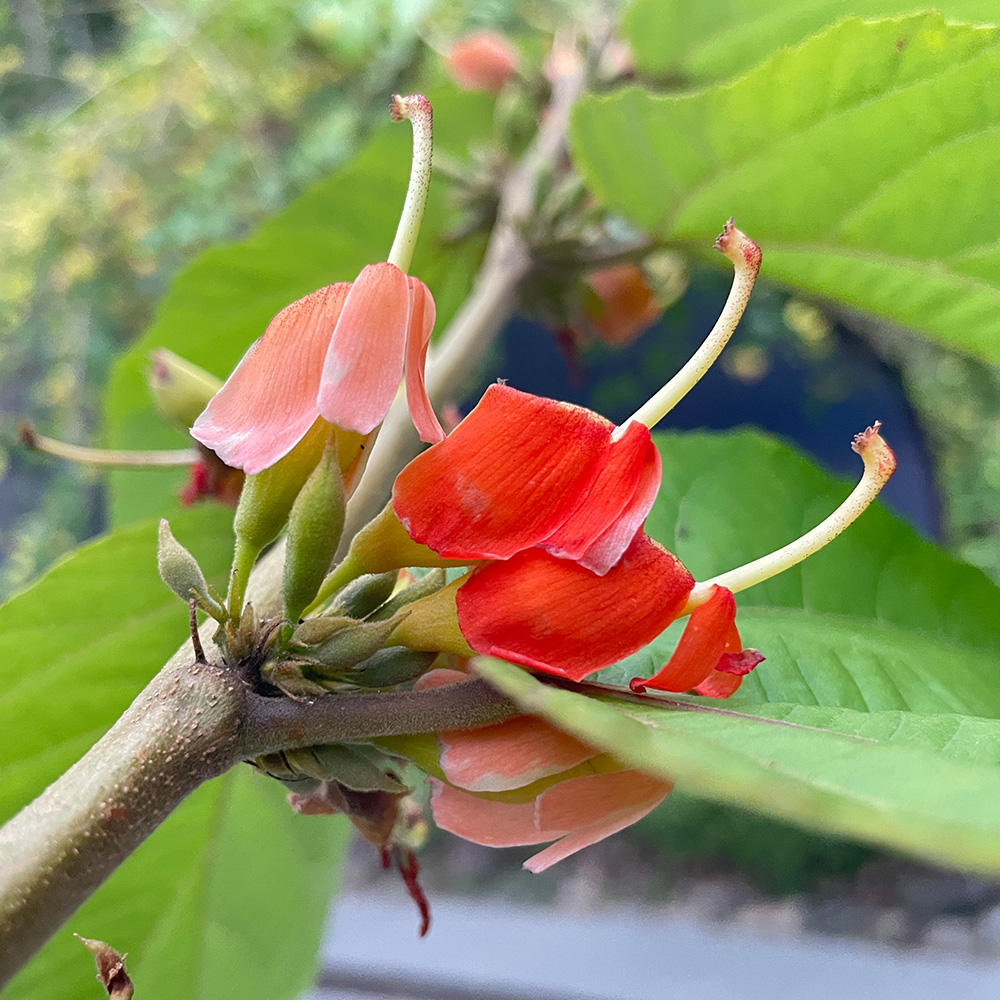Vietnamese Blue Bell Tree (Trifidacanthus unifoliolatus)
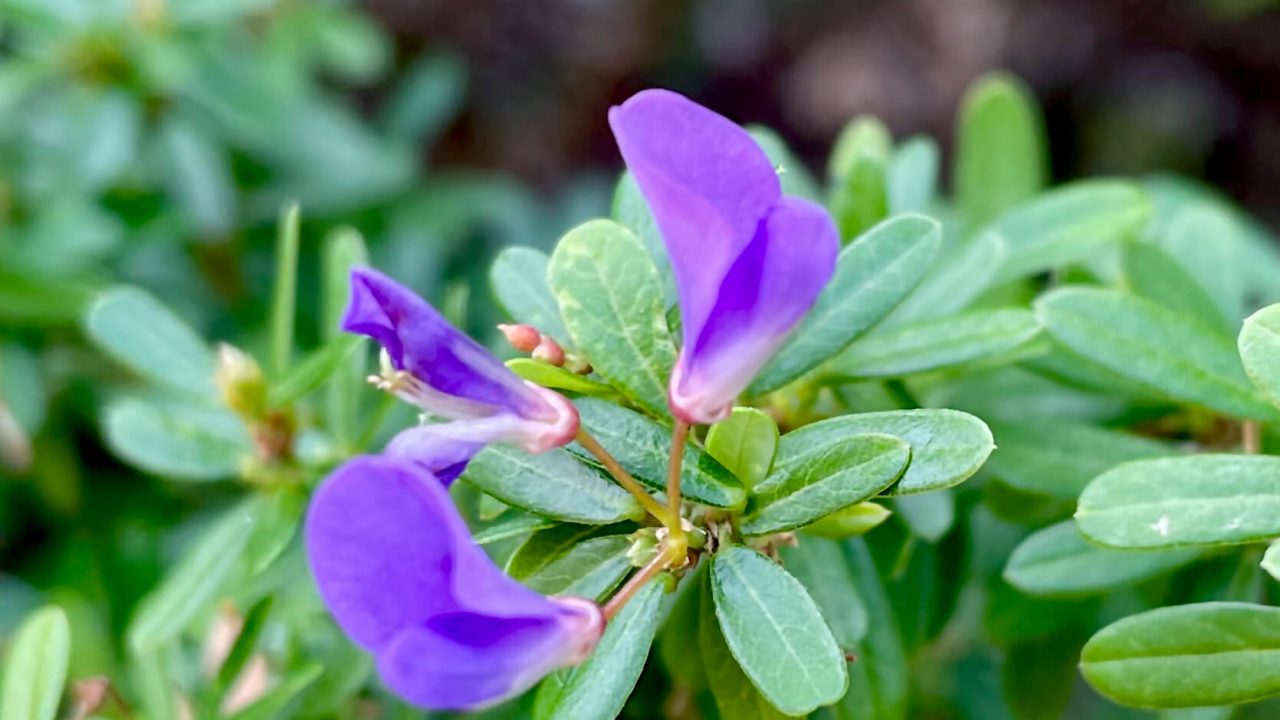
Naturally distributed from Hainan Island in China, Lesser Sunda Islands in Indonesia as well as the Philippines and Vietnam, the Vietnamese blue bell tree (Trifidacanthus unifoliolatus) is a small, hardy shrub which grows in savannas and sparse forests near riverbanks. This legume family member grows up to 1-2 meters in height. Formerly known as Desmodium unifoliolatum, it has been reclassified to a different genus; however, in the nursery trade, the former botanical name is sometimes still in use.
The genus name, Trifidacanthus, refers to the unique, three-pointed spines which interestingly develop from old inflorescence stems and flower stalks that become hard and woody. The specific epithet unifoliolatus refers to the single leaf blade which is actually a compound leaf reduced to a single leaflet. The small, bright purple flowers are about 1 cm in length while the seedpods are flat and thin, 3-4 cm in length.
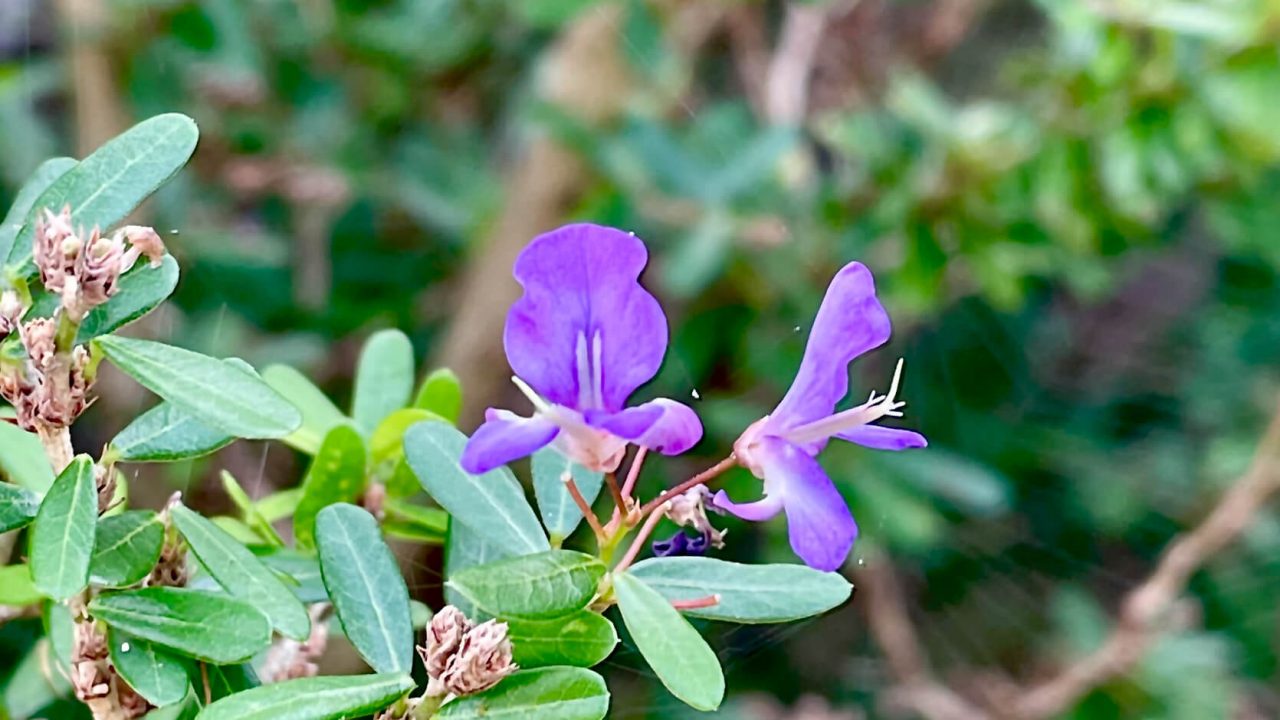
Interestingly, this is the only species in the genus Trifidacanthus, which is characterized by its trifid (3-way split) spines and is distinct from Desmodium and related genera. Commonly, this species is known as Vietnamese blue bell tree, owing to the bell-shaped and lilac-purplish flowers. This ornamental plant is especially popular among bonsai enthusiasts, who train and cultivate the plants into bonsai forms.
Do check out this pretty shrub at the Waterfront Promenade, where it is planted by a rock sculpture, just across The Canyon.
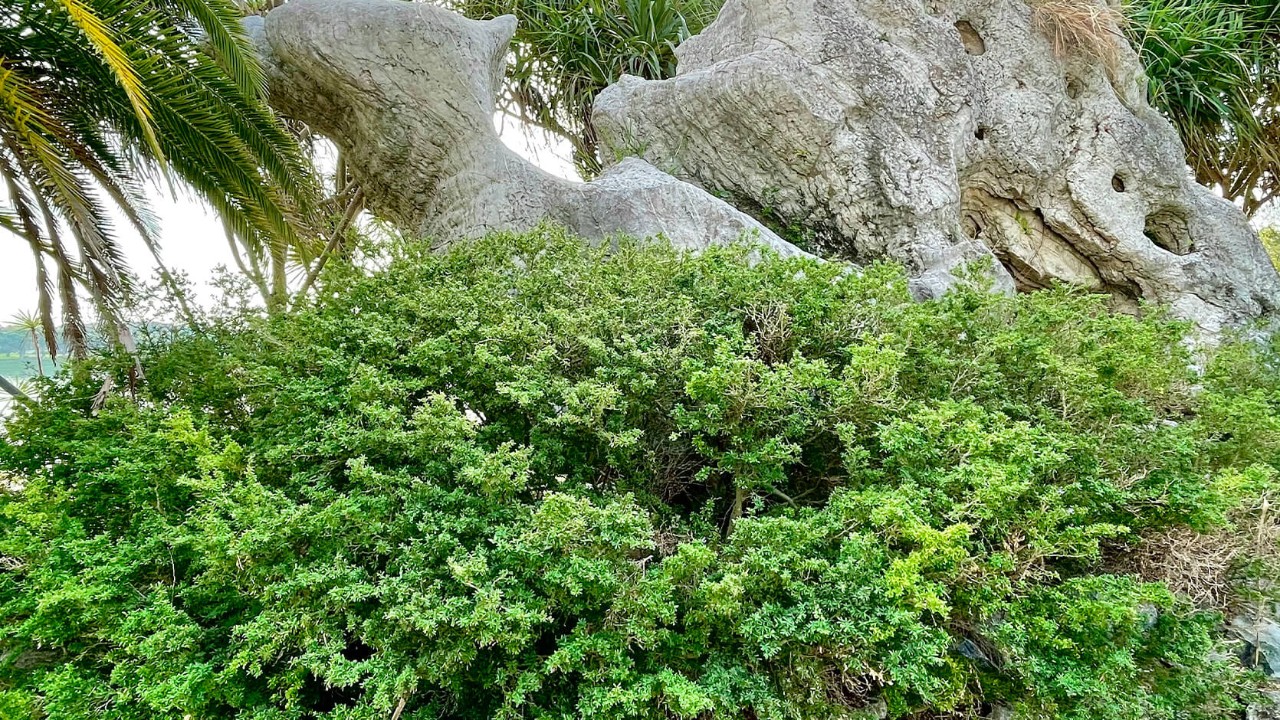
Written by: Arthur Voo, Senior Research Executive (Research and Horticulture)
Arthur has been working closely with plants for more than 10 years, whether in a park, nature reserve or glasshouse. These days, if he isn’t taking care of plants in the glasshouses, he likes to spend his time hiking and looking for interesting plants in the wild.
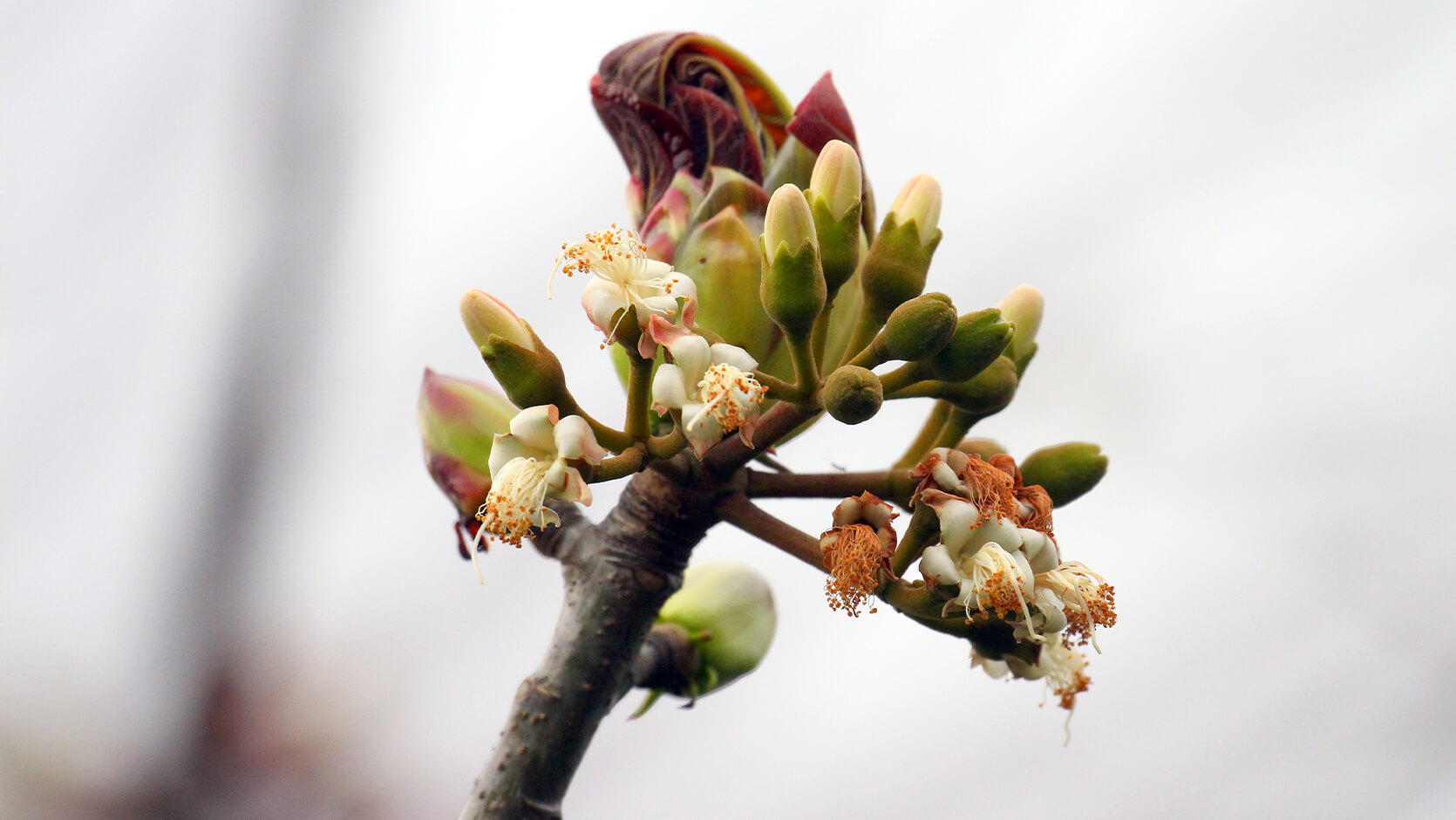
/1000x1000-thumb-peruvian-wild-petunia.jpg)

